Based in Beirut, Zeina Bacardi Sakr is a ceramic artist and maker at heart. In 2016 she launched B. by Zeina Bacardi, a line of handmade fine ceramics, ranging from unique tableware, sculptural vessels and lighting. A storyteller of ceramics with experimentation at the core of her practice, Bacardi is a self-taught ceramist, pushing the boundaries of clay to create truly one-of-a-kind pieces. In this exclusive interview, she discusses her relationship with clay and reveals how Lebanon’s soul is conveyed in her exquisite work.
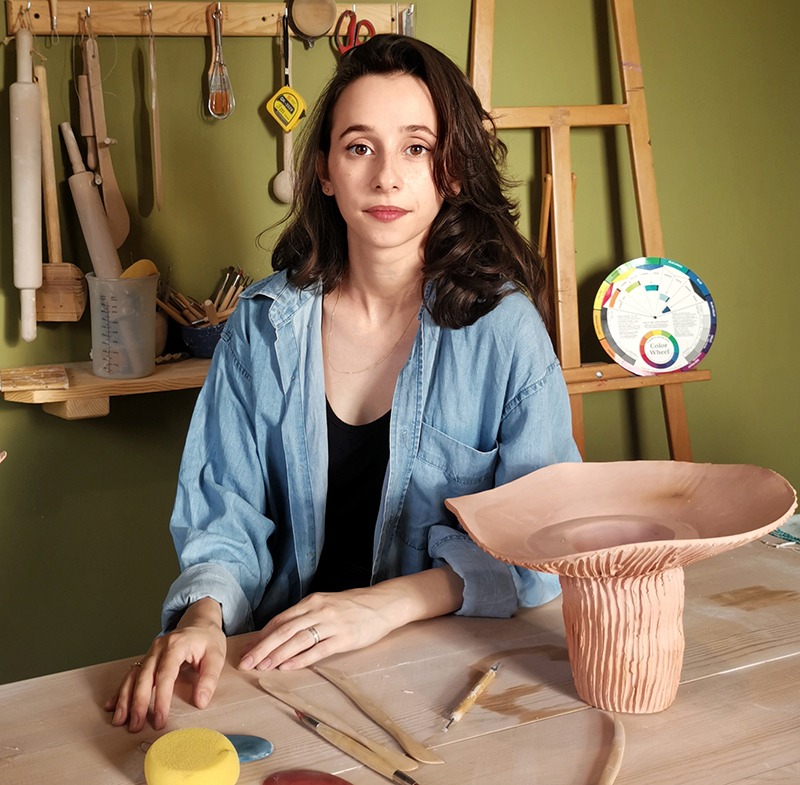
What inspired you to pursue ceramics as an art form?
It all started when I first touched clay — I was hooked! It’s extremely grounding and transformative to work with such a natural and malleable material. As a medium, it offers endless possibilities, from the tactile sensation of shaping it with my hands to the way it responds to fire. And above all, clay, in a sense, holds the memory of civilizations; it is truly humbling and inspiring that through clay, I can create works that may, one day, carry the imprint of my time.
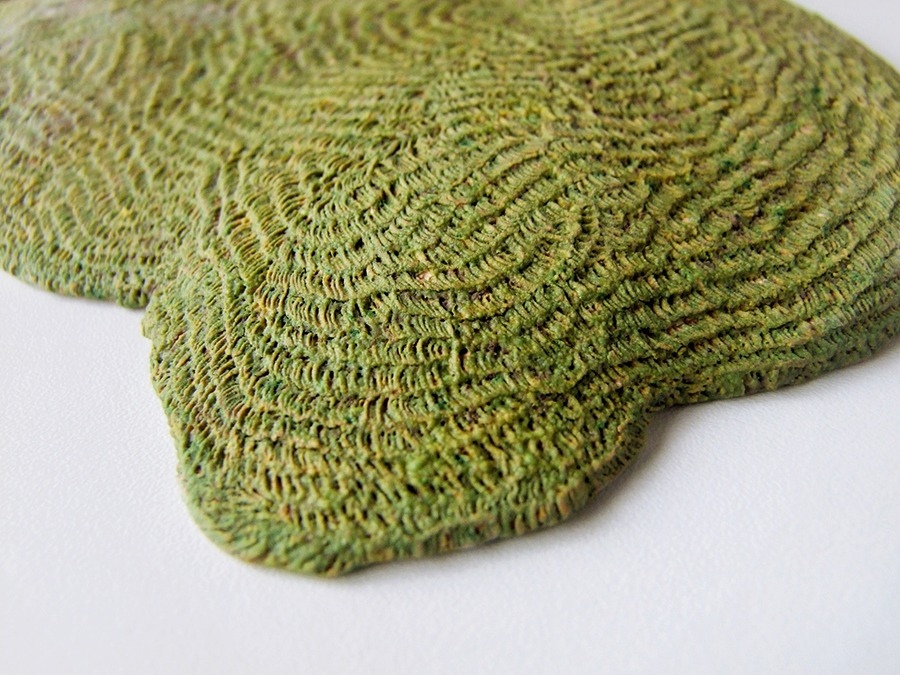
What can you tell us about your creative process, from concept to finished piece?
My creative process is very much a gestational process. Most of my inspiration comes from the natural world in all its shapes and forms. This fascination begins taking form in photos, sketches and research to develop it into an idea. Clay offers much freedom to experiment, with different clay bodies, glazes and firing techniques. I often let the clay reveal its own potential and take its own course. It tends to deviate from the original sketches. Once the piece is finished and dry, it is fired for the first time, after which I begin with the glazing process. That’s when the magic of transformation takes place. The glaze piece is fired for the second time, a stage full of hope and uncertainty. After anxiously waiting for the kiln to cool down, when the door finally opens, I’m greeted with the final piece that embodies both my vision and the unpredictable beauty of the ceramic process.
How do you balance functionality and aesthetics in your ceramic creations?
For me, this balance usually tips over in favor of the aesthetic, which is the essence of my designs. Depending on the intended use of the piece, the design is tailored around its functionality, especially with my lighting pieces, vessels and murals. I find solutions that preserve the beauty of the design while ensuring the piece remains practical. And this is not without its challenges, especially when you’re pushing the boundaries of clay.
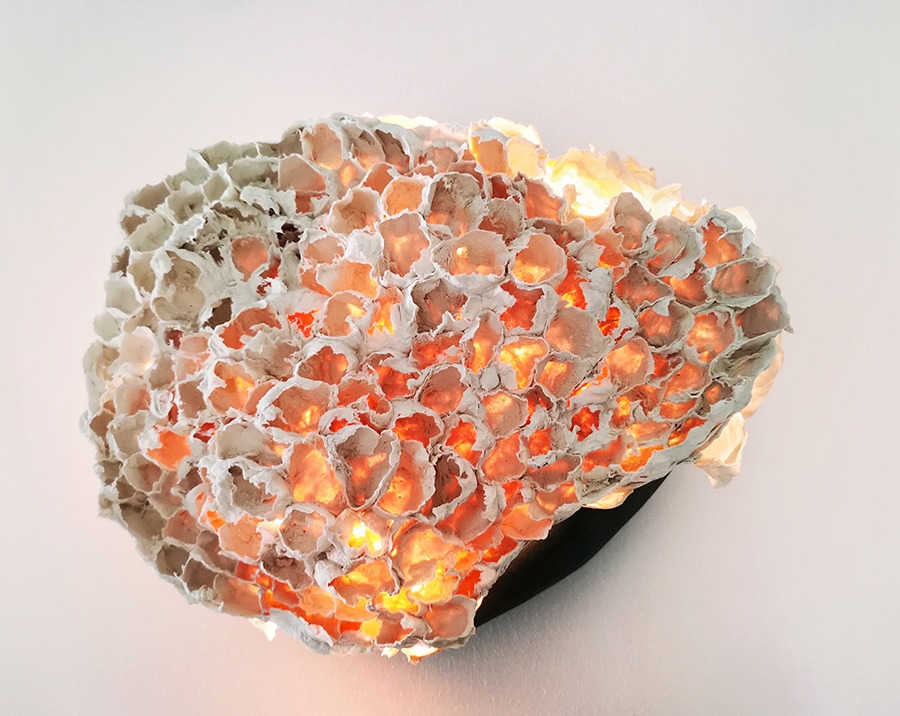
Do you have a signature style or technique that defines your work?
Experimenting is at the core of my practice; over the years, I’ve developed different techniques, pushing clay to new limits: most notably, using liquid porcelain to create delicate, unique and translucent forms that captures that movement of liquid into a solid state. This technique debuted in my Ivory Billows collection of vessels and made its way to Daucus, a sculpture installation of porcelain flowers and oak branches, and reached its pinnacle in Sol, a collection of lighting sculptures in which the light shines through the porcelain to reveal the most intimate details of the delicate organic forms.
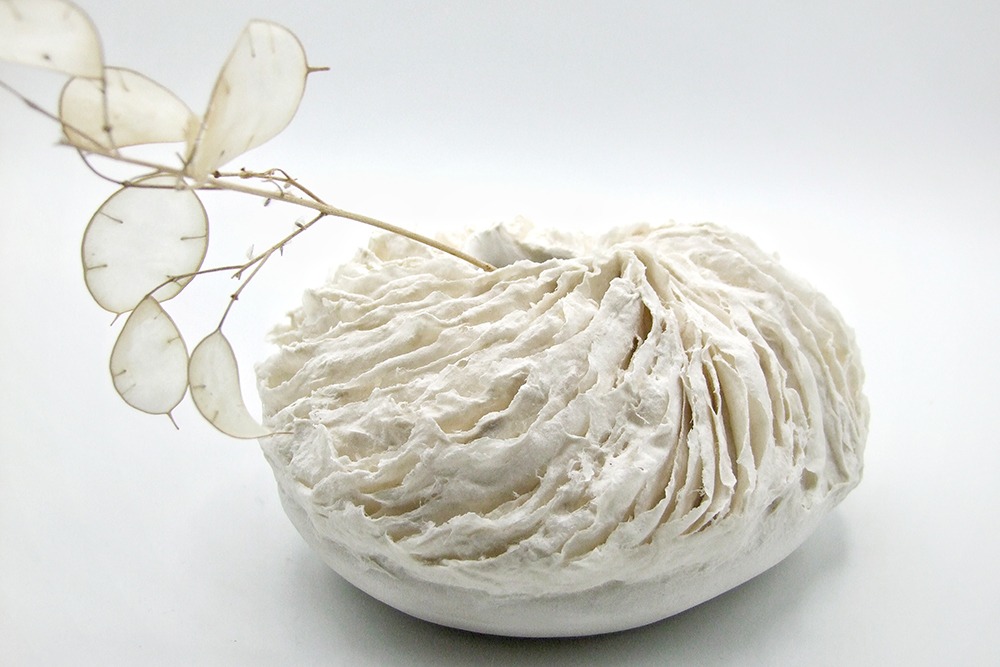
How does Lebanese heritage influence your work?
The rich tapestry of Lebanese culture impacts my work both consciously and subconsciously. Lebanese ceramics have a unique tradition of craftsmanship, and I strive to preserve this heritage while infusing contemporary techniques to create pieces that speak to both our past and present.
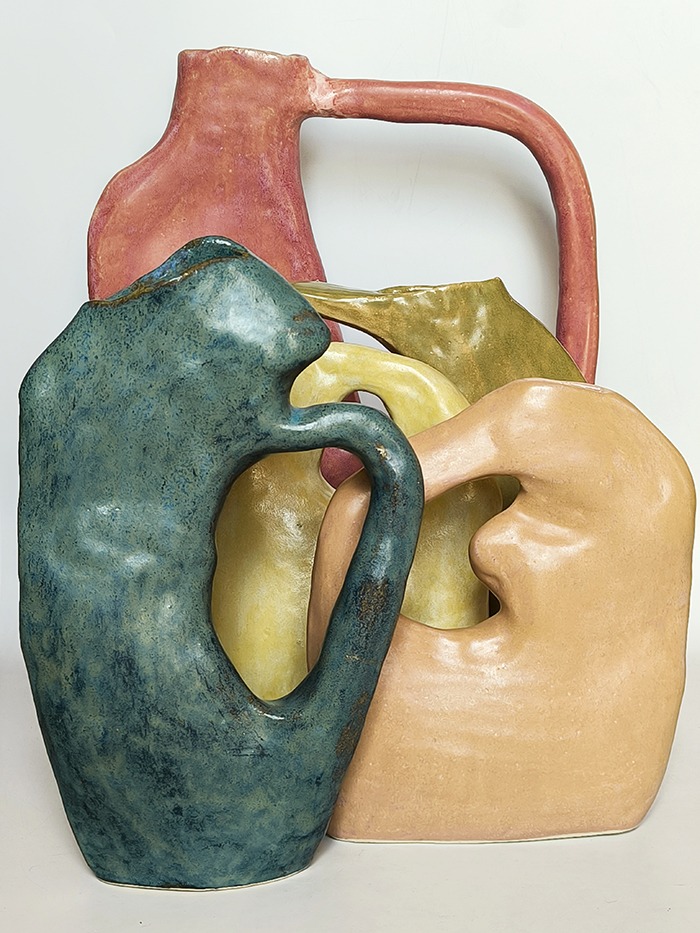
What challenges have you faced as a ceramist in Lebanon?
In general, living in Lebanon is not without its challenges — a country that has been moving from one crisis to another. It’s heartbreaking to watch my country always struggling and suffering.
However, I’ve found that against all odds, we the Lebanese thrive in this ground that is in constant turmoil. Like most of the population, I’ve had to overcome numerous challenges. These include economic hardship, inconsistent access to materials, perpetual political instability and social upheaval. Still, we, the Lebanese people, are extremely resilient like clay. We endure immense pressure and blows which leave marks on us. However, just as clay is shaped, we adapt to the trials. After going through fire, we come out stronger. Our beautiful spirit shines through not just in our beloved country but everywhere we go.
What does Lebanon mean to you?
Lebanon has my heart. No matter the circumstances my country is going through, I’ve always felt deep down that there’s nowhere I’d rather live. Although I completely understand all those who felt the need to live abroad, I also feel a sense of responsibility to stay and be an active member in keeping the creative pulse of the city alive.
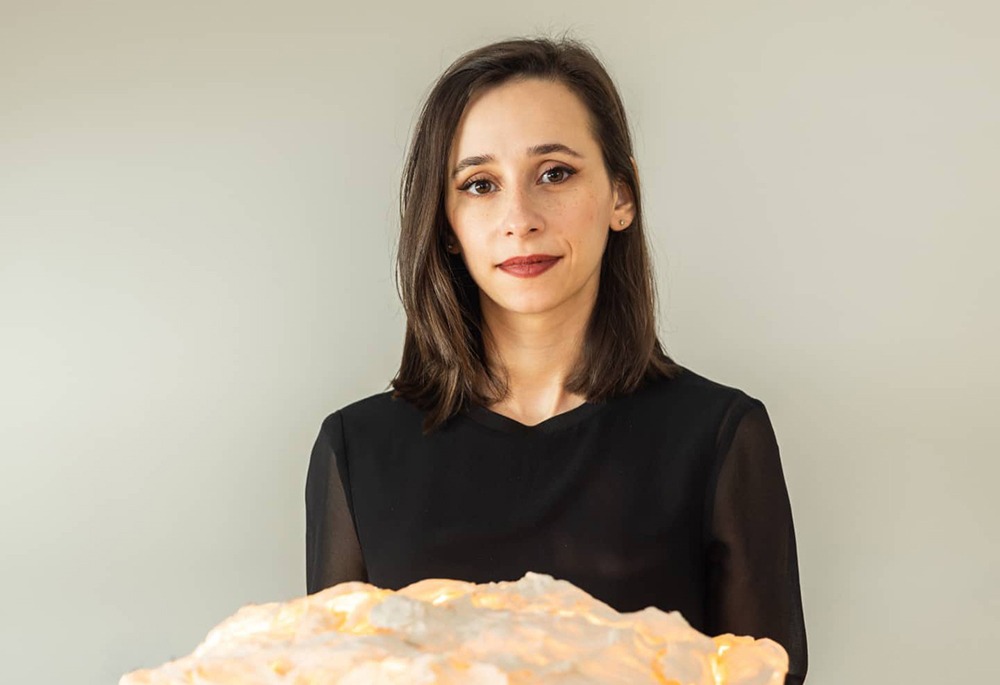
What’s next for Zeina Bacardi?
I’m looking forward to the year ahead. I’ll be delving deeper into my porcelain lighting sculptures and experimenting with merging clay with different mediums in my sculptural work. I will also be launching a collection with Curio, an international digital art space, in early 2025. There are certainly exciting collaborations and exhibitions coming in 2025. For now, my work is available online and at Pik’d Gallery, La Place, Fabrica Design Platform and Chaos Art Gallery in Beirut.
————————————————————————————————————————–
If you enjoyed this article, check out our interview with Lebanese jewelry designer Nada Zeineh.
Loading
